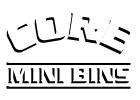Blog
In Edmonton, they’re turning Wastewater to Fertilizer; can we Do that in Toronto – we think so
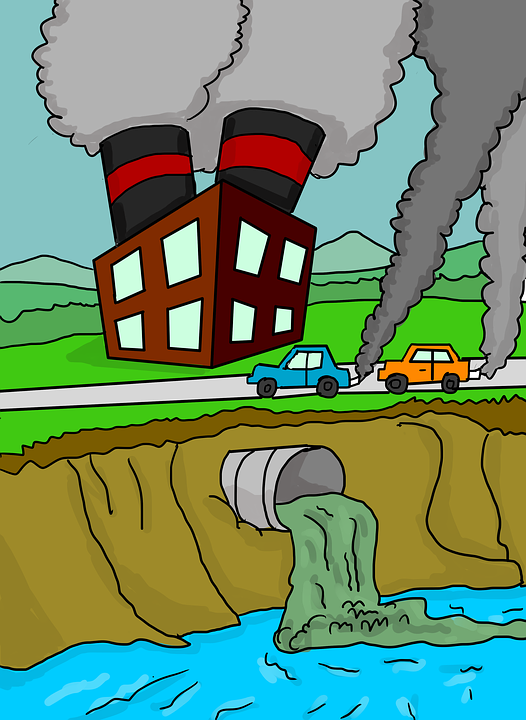
A new Edmonton wastewater processing facility is literally creating fertilizer from wastewater. The technology used is more than a decade old however is now just being applied in the city. Now, this facility will be able to take phosphorus and other nutrients, creating more than three tonnes of fertilizer set to be diverted towards farm use across Canada. As a sustainable way to maximize what we get from waste products, this might be something Toronto wishes to look into.
Recognized as the ‘Edmonton Waste Management Centre’, it’s one of the largest in the world and the first of its kind. Costing more than $18 million, it’s being managed by Epcor and Ostara Nutrient Recovery Technologies. As the technology has now been proven and a Canadian facility is in operation, Edmonton’s a great location for the first. The City has strong ties to the west coast’s farming community. Though Toronto does not have that same connection, there are sites all across the outskirts of the city that could be pushed forward for re-development into a waste management facility like this.
5 Impressive and Unexpected Facts about Demolition and Excavation
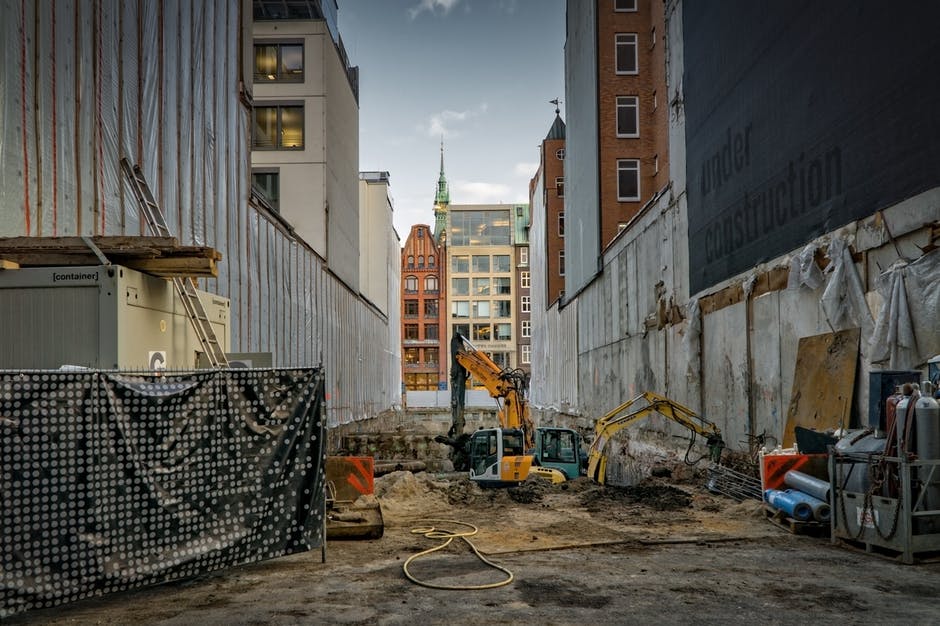
As a premiere Toronto demolition and excavation company, Core Mini Bins is hired on a number of residential and commercial projects every year. As experienced demolition experts, we would like to share some interesting information on demolition services.
Read more: 5 Impressive and Unexpected Facts about Demolition and Excavation
Why Demolition in Toronto is a Necessary Part of the City’s Re-Planning
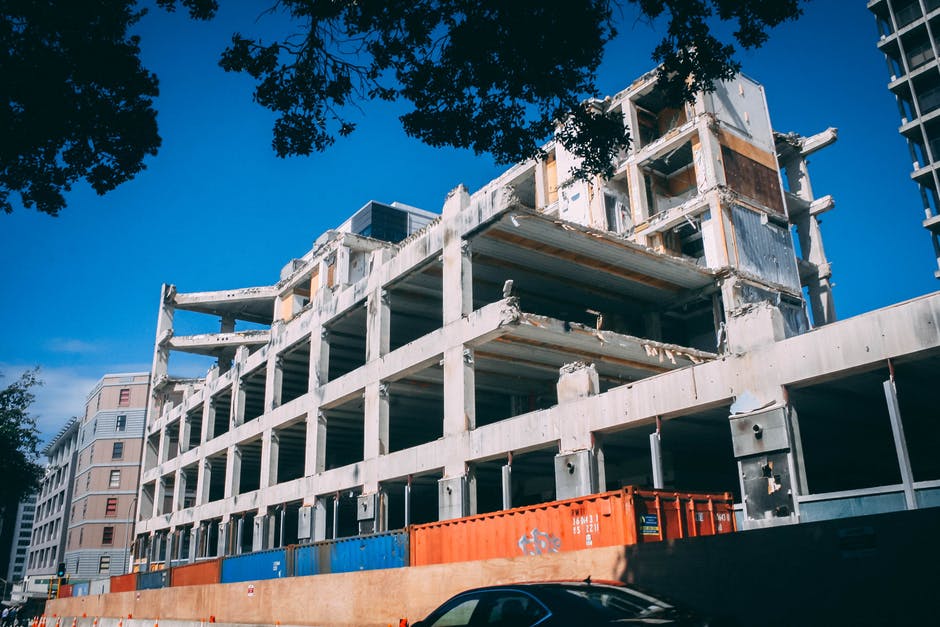
Demolition in Toronto is a symbolic act. Taking out what came before it and giving builders the opportunity to pave over the past in favor of a smarter design, this is the purpose of demolition and excavation in the GTA.
Before we delve deeper into demolition, we don’t have to tell our fellow Torontonian readers that there is a lot to complain about in the design of Toronto’s streets, residential units, and commercial spaces. At least to some people, a lot of it doesn’t make sense.
Read more: Why Demolition in Toronto is a Necessary Part of the City’s Re-Planning
Preserving the Value of Construction Materials after Demolition and/or Excavation
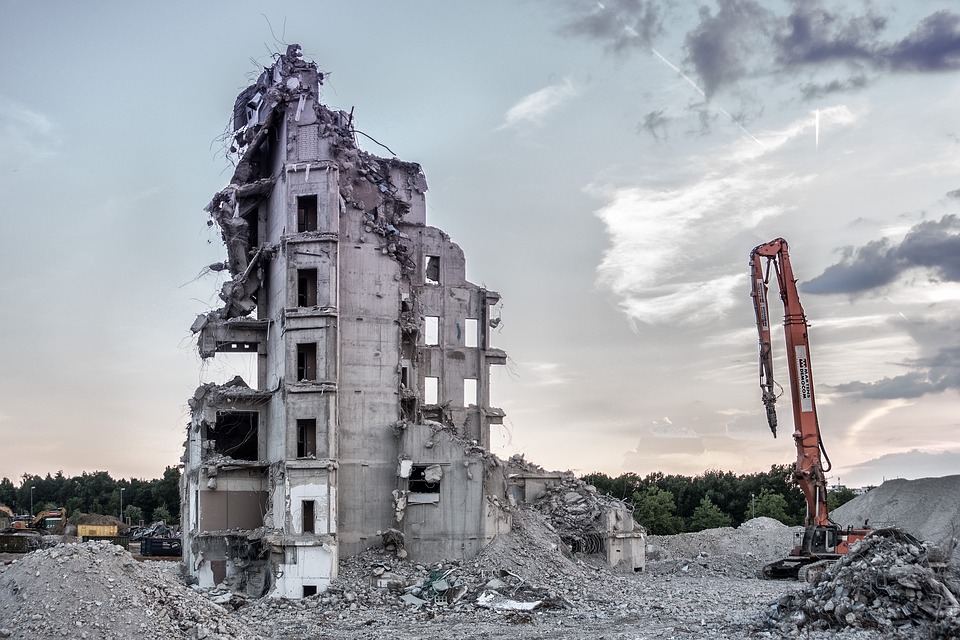
As a prominent Toronto demolition and excavation company, we try our best to make the most from the materials culled together from a property. Preserving the value and integrity of these construction materials, they can then be recycled or reused in alternative products. That said, sometimes, it’s not always possible to save materials.
Going through any garage, basement, or barn, you’ll find a lot of material that most people will just toss out to landfills. Builders, demolition specialists, contractors, and developers may see some of these materials and immediately identify possible reuse potential.
Read more: Preserving the Value of Construction Materials after Demolition and/or Excavation
Is Zero Waste even Achievable in Today’s Economy – we think so
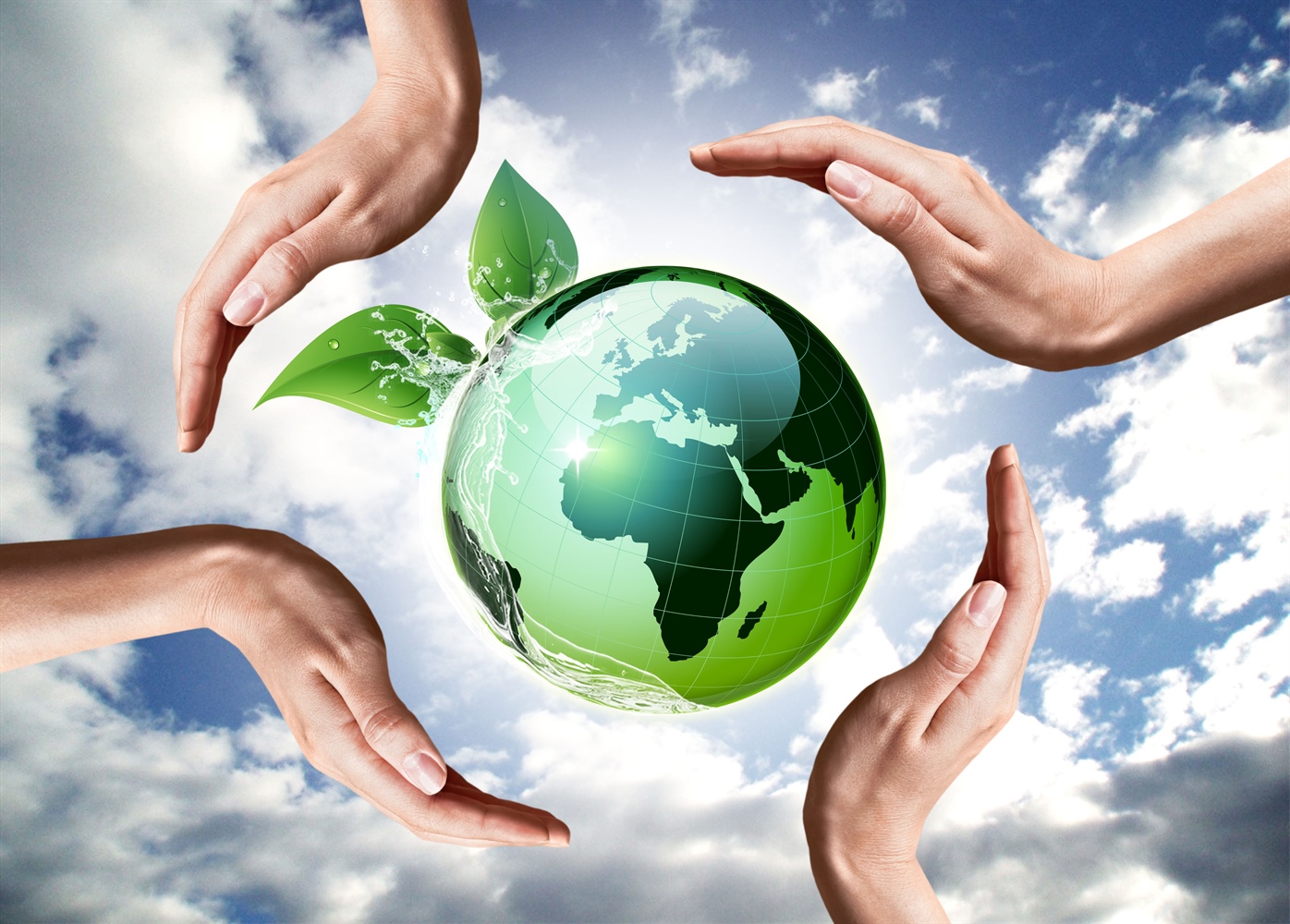
The fight for zero waste activists is oftentimes countered with arguments suggesting it’s just not possible. As a waste management and recycling company ourselves, we admit when we had doubts when we first heard about the concept of zero waste. Throughout the years though, we’ve seen what Canadians are capable of and the changes that have already been made.
Is zero waste achievable in today’s economy – yes, absolutely. When will it be achieved – only time will tell. Eco-friendly, green initiatives are sometimes complicated. They can create waste themselves that we sometimes forgive because of the good they’re doing. Zero waste involves building towards a future where there is no waste and where everything is either recycled or reused to some degree.
As corporations like Walmart continue to gradually move towards zero waste, residential households and Toronto condo developments are being challenged to do the same. Throughout all the work we do – waste management, recycling, junk removal, demolition, excavation, and more – we have continued to advocate for a zero waste environment. Hardly a fool gambit’s, we’re here to say it’s only a matter of time until we achieve it.
Read more: Is Zero Waste even Achievable in Today’s Economy – we think so
Why Does Waste Take so Long to Break Down in our landfills
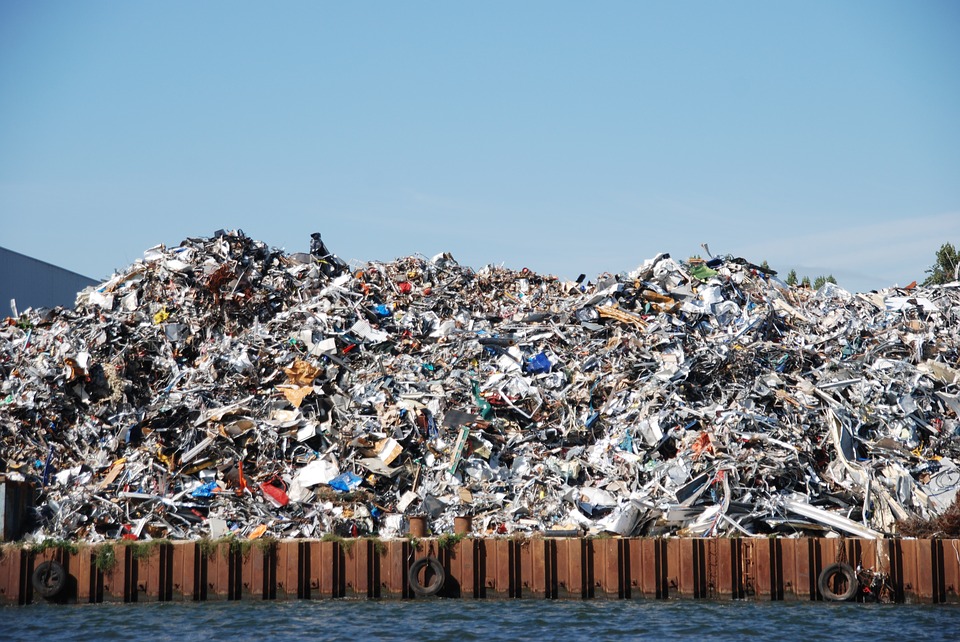 After garbage leaves the curbside, it still has a long journey before it’s one with the Earth. Depending on type, waste can take sometimes centuries to fully break down. Though the systems we have now are safer and stable, the disposal of garbage into landfills is still using limited space.
After garbage leaves the curbside, it still has a long journey before it’s one with the Earth. Depending on type, waste can take sometimes centuries to fully break down. Though the systems we have now are safer and stable, the disposal of garbage into landfills is still using limited space.
The ways in which garbage has been thrown away in the past has caused significant damage, some irreparable. To undo the negative impact of environmentally-unfriendly practices, our landfills have sought to change. As recycling programs have expanded greatly in the last three decades, it has still not affected the time it takes for waste to break down. If your waste does not end up at a recycling centre, incinerator, or compost pile, it can present a heck of a challenge.
Read more: Why Does Waste Take so Long to Break Down in our landfills
What are Canada’s Top Provinces doing to Recycle and What Services do they Use
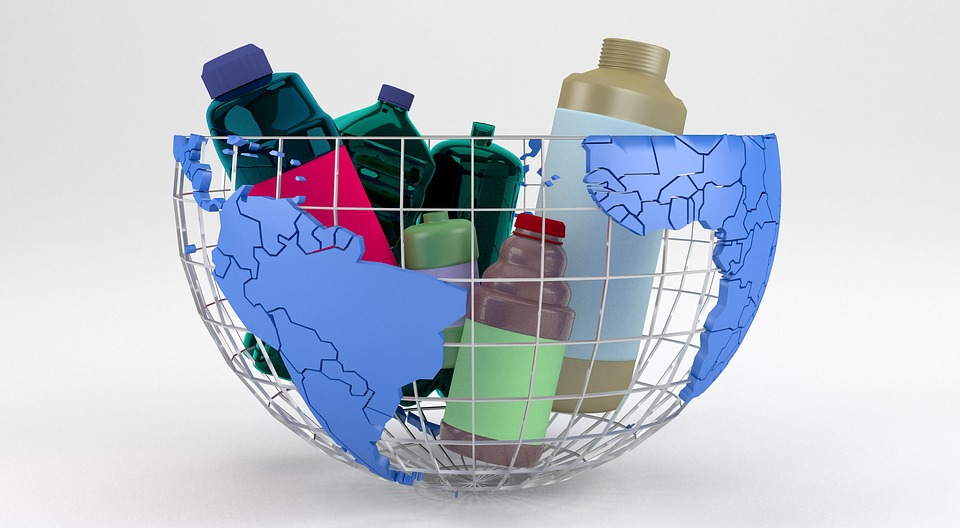 Canada’s accumulating waste problem is managed differently by province. Comprehensive protocols have been established across the country and some provinces have been more successful than others at coming up with long-term, eco-friendly recycling systems. Across the country, billions of dollars’ worth of waste is produced every year. Acknowledging the provinces succeeding at waste management can hopefully provide some insight into how to implement processes and policy Canada-wide to address this growing issue.
Canada’s accumulating waste problem is managed differently by province. Comprehensive protocols have been established across the country and some provinces have been more successful than others at coming up with long-term, eco-friendly recycling systems. Across the country, billions of dollars’ worth of waste is produced every year. Acknowledging the provinces succeeding at waste management can hopefully provide some insight into how to implement processes and policy Canada-wide to address this growing issue.
Prince Edward Island
Believe it or not, PEI is one of the best provinces in Canada when it comes to recycling. In 1989, federal and provincial stakeholders in Canada agreed to reductions in solid waste in half by the year 2000. In residential and commercial solid waste, Prince Edward Island was the only province to accomplish it – the other 9 provinces couldn’t get it done. To this day, they remain a leader in waste management and recycling practices.
Read more: What are Canada’s Top Provinces doing to Recycle and What Services do they Use
Montreal v. Toronto on Organic Waste Management, and Why Toronto is Way Behind
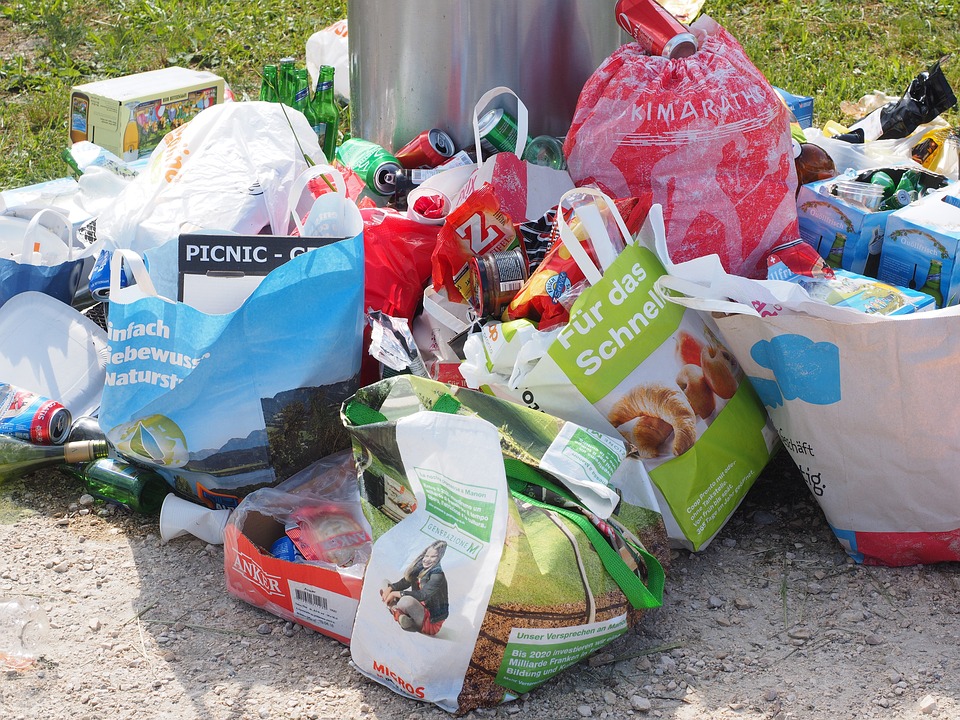 In the last decade, Toronto has made many improvements to its organic waste collection and treatment. As Montreal is in process of pulling ahead of Toronto in organic waste management, it makes one begin to wonder what City government can do to do a better job.
In the last decade, Toronto has made many improvements to its organic waste collection and treatment. As Montreal is in process of pulling ahead of Toronto in organic waste management, it makes one begin to wonder what City government can do to do a better job.
Toronto has a million more residents than Montreal and yet, Toronto has only two major facilities processing organic waste. Compare this to Montreal which now has plans to develop and implement five organic waste processing plants.
The way that Toronto, Montreal, and so many other North American cities have gone about planning for organic waste management plants is in writing contracts for private companies tasked with designing, building, operating, and maintaining the facility. These all-inclusive contracts evidently do not have many companies will to accept them. To be fair, it’s a very big, long-term, and potentially costly responsibility.
Read more: Montreal v. Toronto on Organic Waste Management, and Why Toronto is Way Behind
Why it’s Important to Donate Waste, Recycling, and Furniture to Community Organizations

Donating to community organizations has long been something this waste management company has been doing. Sometimes, it’s not enough to just be shipping waste products off to recycling processing plants and landfills. As a junk removal service, in many cases, we come across things we believe can be reused. For this reason, we work with several community organizations to provide them furniture and general household items to be resold, helping to support community partners that are doing a lot of great work in the GTA.
Furniture, appliances, clothing, and more are all things that organizations are looking for. As easy as disposal is, a lot of the time it’s just the right thing to do to donate. It’s far better to ensure a piece of furniture sees a second life than to be torn apart in some landfill. For all the amazingness that is the City of Toronto and the GTA, the region still carries a lot of people in need. If there’s a way for us as a company to help out those in need, we will. For those that can’t afford to buy brand new household products, they use community organizations to find what they need.
Read more: Why it’s Important to Donate Waste, Recycling, and Furniture to Community Organizations
Why Fall is a Great Opportunity to Declutter and do some Household Junk Removal
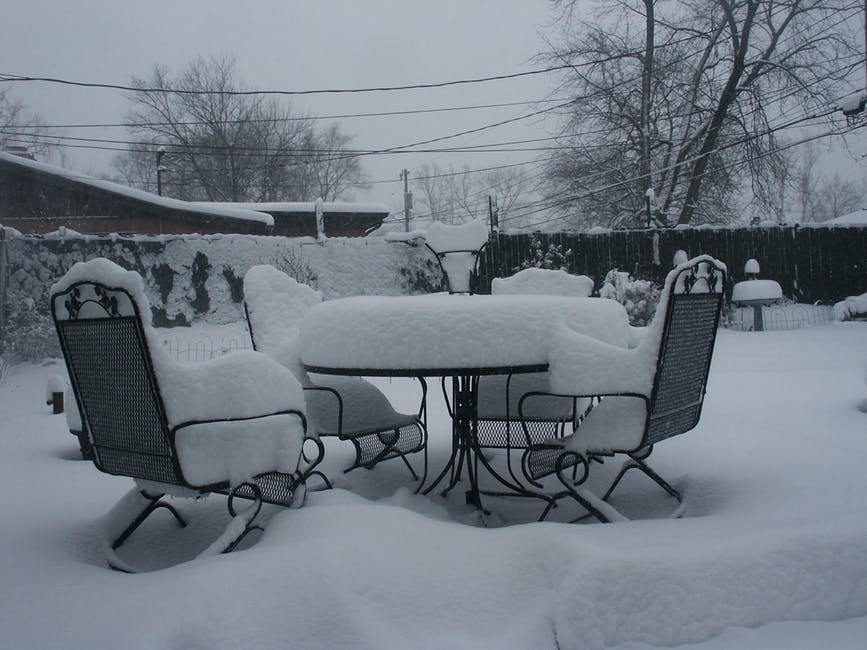
Removing household products you no longer want to see hanging around, cleaning out the garage, and emptying the closet. These are all things that we do for spring cleanup and fall removal. Needless to say, Canadians have been decluttering for decades but it’s just recently that it’s been given that title. This fall, it’s an opportune time to declutter as it allows one to take inventory of available space prior to winter, a season where cleaning out junk is hard.
Instead of waiting for spring clean-up to get it done, fall is a great early start. There will be tens of thousands of us doing so before the wintertime weather sets in. With winter comes Christmas, which is notorious for being a time of year where a lot of garbage and junk is created. Things get cluttered at Christmastime. Adding on to that, after a few good snowstorms, things can just get plain messy. September through December is an underrated time of year to declutter but doing so anticipates what’s coming around the bend. It’ll make space for whatever winter may bring.
Read more: Why Fall is a Great Opportunity to Declutter and do some Household Junk Removal
What you Can Expect when you Buy Junk Removal in Toronto
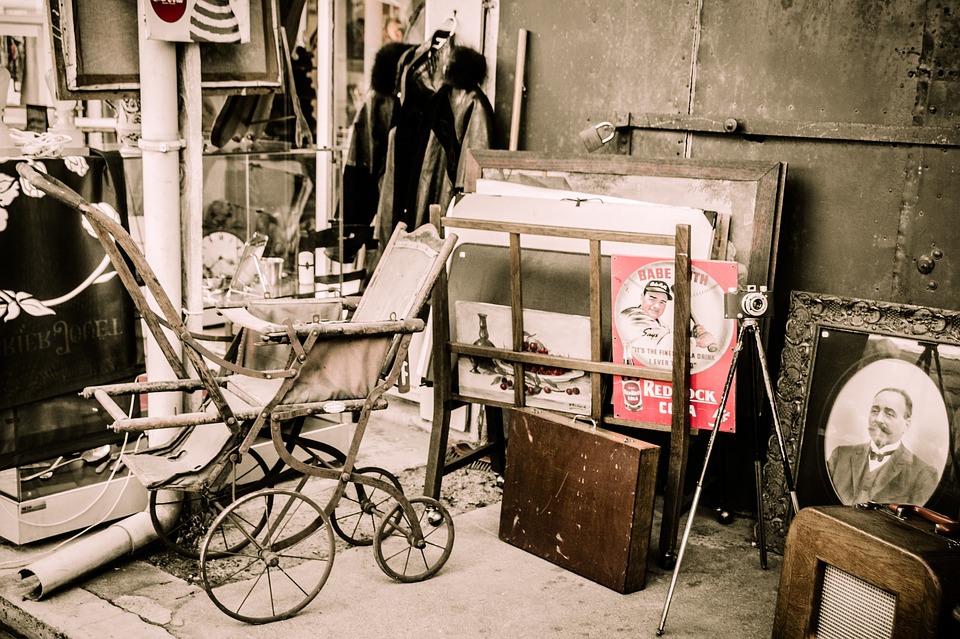
Junk removal is a highly requested service in Toronto and the GTA. If you’ve never called for junk removal before and are curious about what to expect, we’d like to share a little bit about how the process works.
Consumers call junk removal services when they have things like furniture or household products to get rid of. Junk removal companies like us come and pick up those items, ensuring that they’re safely hauled from the home and disposed of in the most appropriate of ways. This can involve making a donation to a local charity organization, recycling what can be recycled, and/or ensuring that waste products get to the landfill and are properly handled.
Read more: What you Can Expect when you Buy Junk Removal in Toronto
Yorkdale Shopping Centre reduced their Waste by 117 Full Garbage Bags a Day
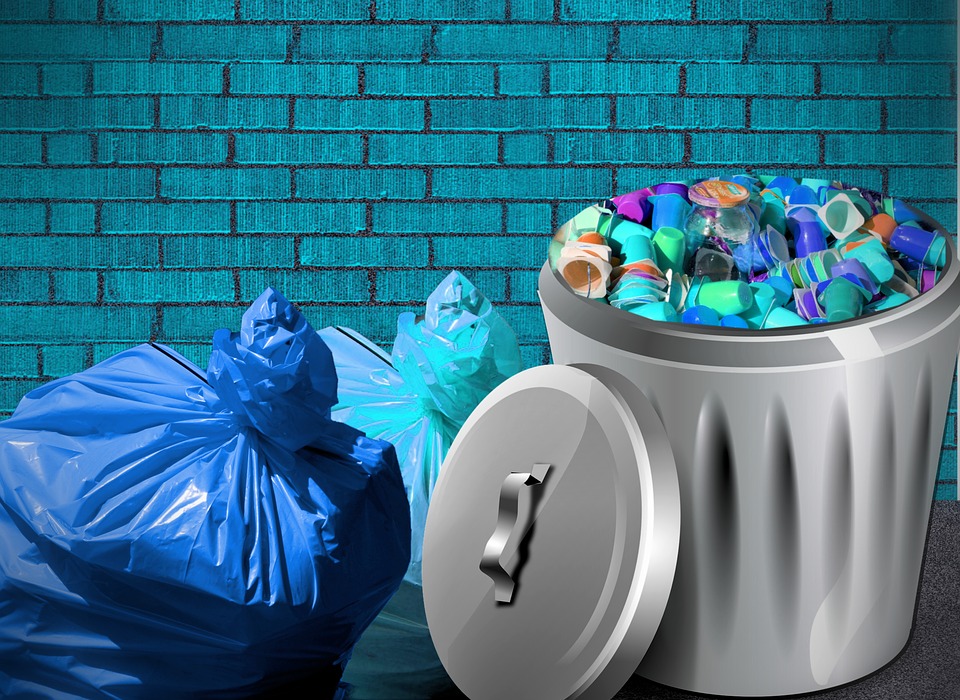
Leadership in waste management is not always easy to come by and so when we see corporations lead, we think it to be extremely important to reward that behaviour. That’s why we’d like to highlight the efforts of a certain food court that’s done a great job at maximizing recycling efforts and improving their waste management program.
The collective of business leaders at Yorkdale Shopping Centre have done an incredible job at eliminating over 117 bags of garbage a day, while targeting food court recyclables and compostable products. How Yorkdale Mall was able to do this is rather impressive. Replacing single-use plates and cutlery, Yorkdale was able to completely change around the way it does waste management in its food court. As an added bonus, it’s also brought with it more hours and more jobs. Every week now, the shopping centre’s food court washes approximately 75,000 dishes and 53,000 pieces of cutlery. Assuming this same approach were to be taken at other food courts across Toronto, there’s no telling what we might be able to accomplish!
Read more: Yorkdale Shopping Centre reduced their Waste by 117 Full Garbage Bags a Day
Using Solid Waste to make Art and Architecture in Toronto
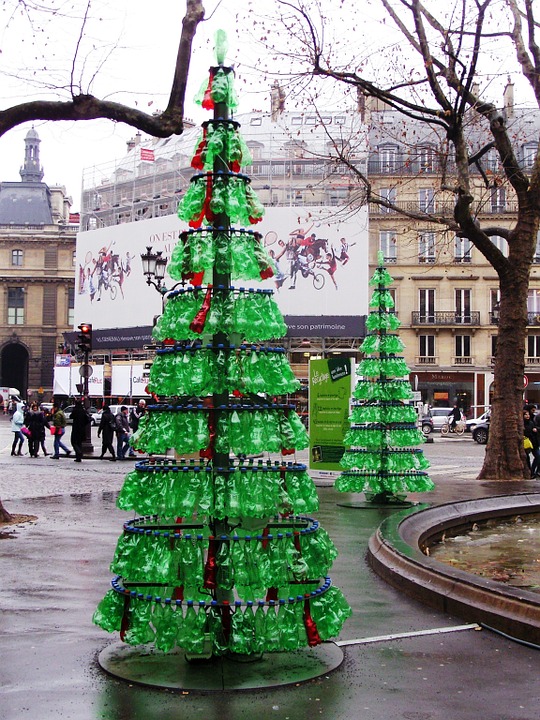
Smelly, solid waste sometimes gets a bad name. For a lot of Torontonians, they just want their waste picked up and hauled off. They just need it out of the house and out of the way. As a part of the City of Toronto’s ongoing commitment to reducing waste consumption in the GTA, they’ve invited the first ever artists-in-residence to their solid waste service.
Sean Martindale and JP King are teaming together to create art and architecture from Toronto waste. Admittedly a challenging task, the results have proven to be rather tremendous and demonstrates the need to confront the growing waste problem. This initiative ultimately hopes to inspire and promote Toronto’s 70-percent waste diversion goal.
Read more: Using Solid Waste to make Art and Architecture in Toronto
Are There Items your Local Landfill could refuse to take in Ontario – yes, there is
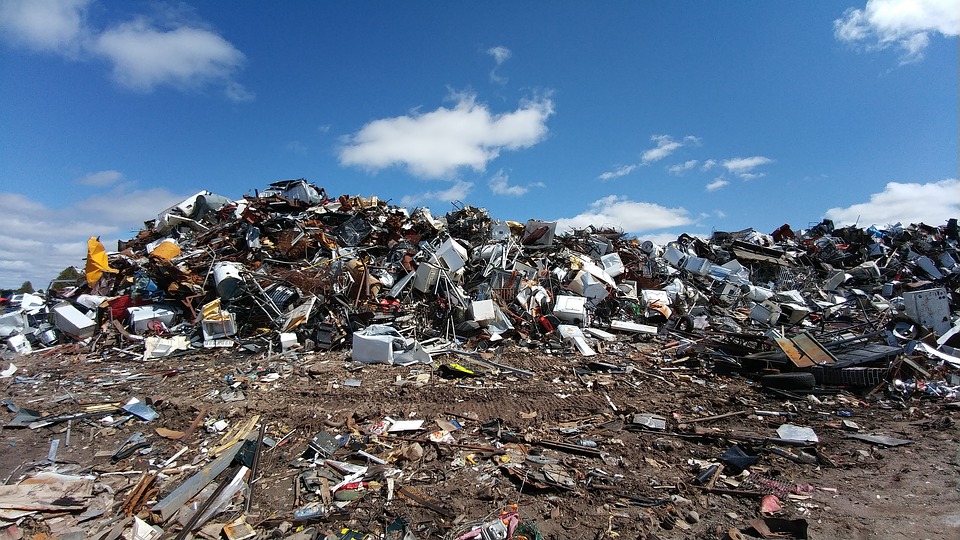
Surprising to some residents, landfills across Ontario are permitted to enact restrictions on what they are willing to accept and what they won’t. If you are curious as to whether a landfill may accept a certain item, we best recommend calling ahead or hiring a junk removal/waste management firm to do the work for you. Here’s a quick list of some of the items a local landfill may not take.
Read more: Are There Items your Local Landfill could refuse to take in Ontario – yes, there is
What are the 3 Basic Recycling Categories in Toronto and Ontario – read here!

There’s a lot of waste produced every year in Toronto and only a percentage of it is currently recyclable. While we aim, as a city, to reduce consumption of non-recyclables, thankfully, there’s a lot of market opportunities to make the most of the recyclable garbage we create.
The more that we recycle and reuse, the less that ends up in our landfills. Throughout the years and to this day, so much waste ends up in our landfills that doesn’t need to. Toronto businesses and citizens continue to limit waste through various initiatives. Though new recycling opportunities are being developed every day, here are the basic categories of recycling in Toronto.
Read more: What are the 3 Basic Recycling Categories in Toronto and Ontario – read here!
North America’s Fashion Industries still create Large Amounts of Waste

The fashion industry has a waste management problem that not a lot of people are talking about. Notoriously poor at managing their waste, the fashion industry throws out jeans, sweaters, jackets, and shoes every day that are sent to the landfill and never heard from again. Furthermore, so many of the world’s top designers and high fashion retailers do not have established waste management and recycling processes in place, according to a recent BBC report.
Being a part of the fashion industry, you know there’s going to be waste. Through all the adjustments that need to be made on clothing, the products that don’t sell, and the products that are ready to be tossed from use, it can be argued that every article of fashion eventually becomes waste to some degree. Despite other industries seeking to improve their waste management processes, the fashion industry has failed to manage its waste costs and has arguably failed at meeting its corporate and/or social responsibility.
Read more: North America’s Fashion Industries still create Large Amounts of Waste
9 Common Household Items and How to Recycle Them in Toronto
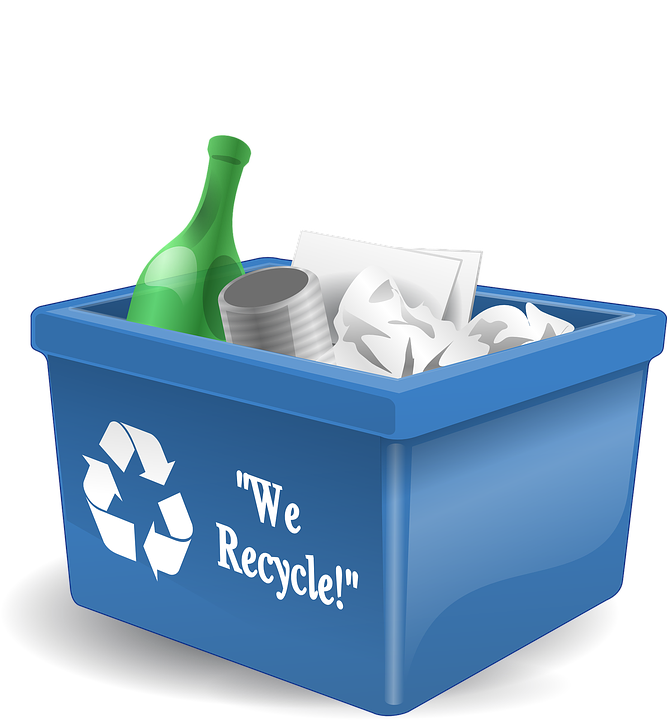
How to recycle certain kinds of household waste in Toronto is not always so clear. Though paper and soda bottles are pretty straightforward in what’s required to recycle them, there seems to be confusion among some Torontonians on what is recyclable and what isn’t here in the City. There are some items you might expect to be recyclable when in fact they’re not. Here’s a quick rundown of popular household items that may or may not be recyclable.
Styrofoam = non-recyclable (sort of)
Styrofoam can come in two different grades. There’s the foam cushion and food packaging kind, and then there’s the blue or pink insulation board kind. The foam cushion and food packaging type can be recycled while the other kind cannot. That said, the process to recycle this kind of styrofoam can be somewhat intensive. The lack of accessibility to styrofoam recycling processes is why it’s a common source of criticism among environmental activists.
Read more: 9 Common Household Items and How to Recycle Them in Toronto
Toronto to get its First Organic Renewable Gas Energy Site in 2019

The City of Toronto, in agreement with Enbridge, is seeking to build its very first organic renewable gas energy site. To be located at the Dufferin organic waste processing facility already established, the site is looking to take organic waste and turn it over into energy by 2019.
It’s estimated as much as 50 percent of the average Toronto household’s waste is organic. The Enbridge-run organic renewable gas energy site is seeking to capture, clean, and use methane in the same way that we currently use and produce natural gas. A move highly praised, methane is both carbon neutral and has the same eco-friendly benefits as renewable electricity sources.
Read more: Toronto to get its First Organic Renewable Gas Energy Site in 2019
Lake Ontario is being Polluted with so Much of our Waste and it’s Time to Change
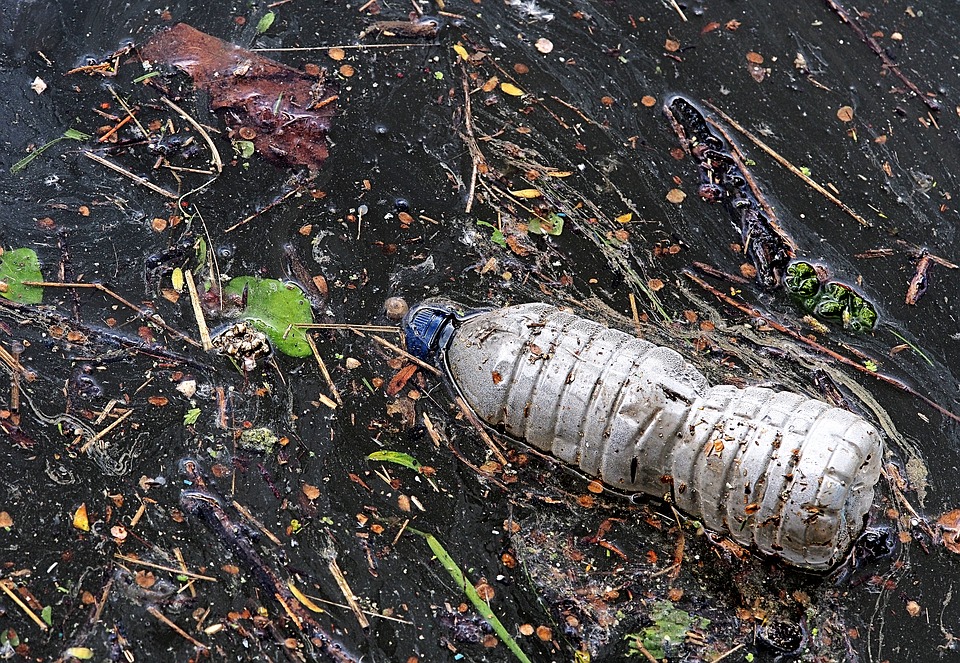 Looking out over Lake Ontario, it looks so exquisitely gorgeous. You may never expect to find the amount of garbage that it contains. If we take a good close look at Lake Ontario and the province’s growing waste problem, it becomes obvious that something needs to change immediately.
Looking out over Lake Ontario, it looks so exquisitely gorgeous. You may never expect to find the amount of garbage that it contains. If we take a good close look at Lake Ontario and the province’s growing waste problem, it becomes obvious that something needs to change immediately.
This past July, over a two-week period, a team oversaw a search through Lake Ontario for waste. Led by the University of Toronto’s associate professor of ecology and evolutionary biology, Chelsea Rodham, they found more than 31 kilograms of plastic, food wrappers, toys, and cigarette butts gathered from the mouth of the Don River.
Read more: Lake Ontario is being Polluted with so Much of our Waste and it’s Time to Change
2 Reasons Why Renting a Dumpster, Waste Bin, or Waste Container makes so much sense!
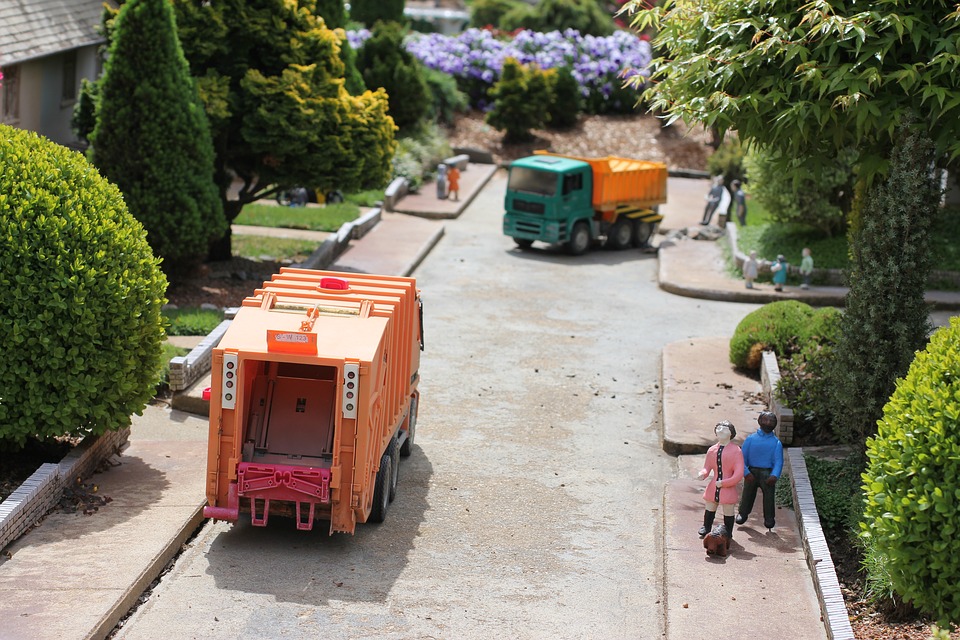 Homeowners and businesses rent dumpsters, waste bins, waste containers, and waste management junk removal services every day. If you’ve got a lot of waste on your hands or are suspecting you might need waste removal services of some kind, there’s a lot of reasons to consider it.
Homeowners and businesses rent dumpsters, waste bins, waste containers, and waste management junk removal services every day. If you’ve got a lot of waste on your hands or are suspecting you might need waste removal services of some kind, there’s a lot of reasons to consider it.
The first barrier to why people don’t rent has to do with cost. The unfortunate thing is that those that go it alone, in the long run, see how inconvenient and sometimes how costly that choice is. A close analysis looking at time, effort, and money between renting a dumpster and not renting a dumpster will reveal that you’ll likely save a lot by getting set up with a waste bin rental. For commercial businesses in particular, it’ll be nearly impossible to get by without one.
Read more: 2 Reasons Why Renting a Dumpster, Waste Bin, or Waste Container makes so much sense!
As eCommerce and Online Shopping Grows, Packaging Waste is a Problem
 eCommerce and online shopping have been seeing big jumps of activity in recent years. In 2017 alone, eCommerce sales jumped by 16 percent in North America. More Canadians than ever before are going to online shopping for its speed, convenience, and savings. It’s so easy to order from a site like Amazon that we don’t often think about the packaging waste that is being created.
eCommerce and online shopping have been seeing big jumps of activity in recent years. In 2017 alone, eCommerce sales jumped by 16 percent in North America. More Canadians than ever before are going to online shopping for its speed, convenience, and savings. It’s so easy to order from a site like Amazon that we don’t often think about the packaging waste that is being created.
It’s estimated that there are approximately 16.5 billion packages shipped every year across Canada. The cardboard used for these packages equate to the tearing down of more than a hundred million trees. All of this packaging waste is an area of waste management that is going unnoticed by the majority of consumers, even in this era of wanting to make more environmentally-friendly choices. Though not all of this packaging waste is derived from online shopping, this is an area where use of packaging has jumped significantly in accordance with market demands.
Read more: As eCommerce and Online Shopping Grows, Packaging Waste is a Problem
5 Ways to get the Most from your Home Renovation Waste without Costing a Ton
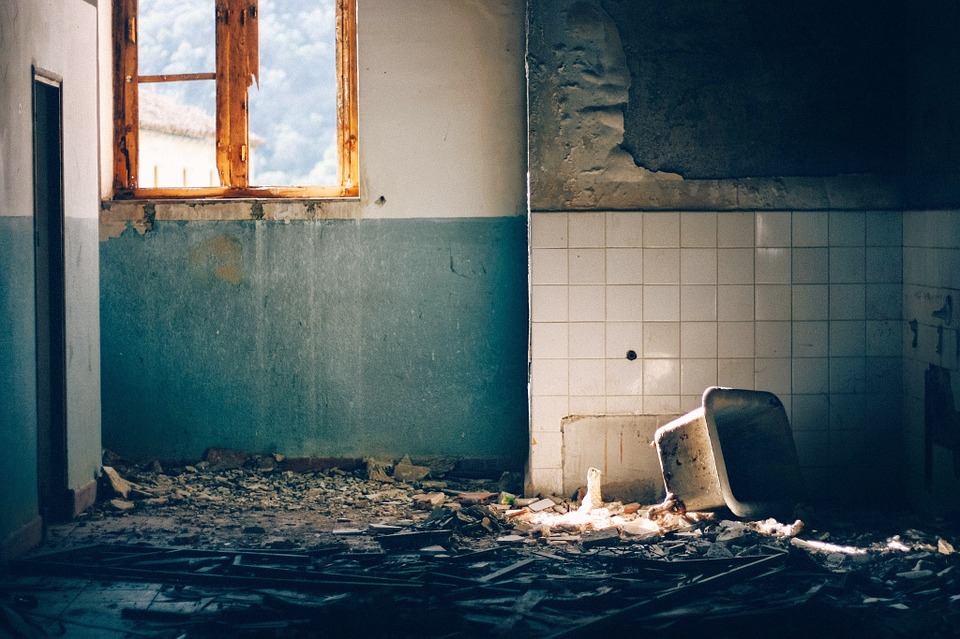 Renovating the home is an act so many Torontonians engage in. For as popular as it is though, renovations are hard, tough, and a big task to accomplish. As much value as it can add to the home, while the renovation work is ongoing, there’s a lot of waste that is likely to come of it. If you’ve never had to deal with household renovation waste before, there are a few ways you can maximize its removal and make the most of the experience. Before you get started on your renovation, read on and consider how you may be able to make use of these materials.
Renovating the home is an act so many Torontonians engage in. For as popular as it is though, renovations are hard, tough, and a big task to accomplish. As much value as it can add to the home, while the renovation work is ongoing, there’s a lot of waste that is likely to come of it. If you’ve never had to deal with household renovation waste before, there are a few ways you can maximize its removal and make the most of the experience. Before you get started on your renovation, read on and consider how you may be able to make use of these materials.
Contact a waste removal service
As a local Toronto waste management and recycling company, hiring Core Mini Bins to collect renovation waste is easy, straightforward, and cost-effective. Please allow us to do all the work for you in sorting, recycling, and transporting waste to the landfill.
Read more: 5 Ways to get the Most from your Home Renovation Waste without Costing a Ton
3 Basic Ways to Recycle in your Home
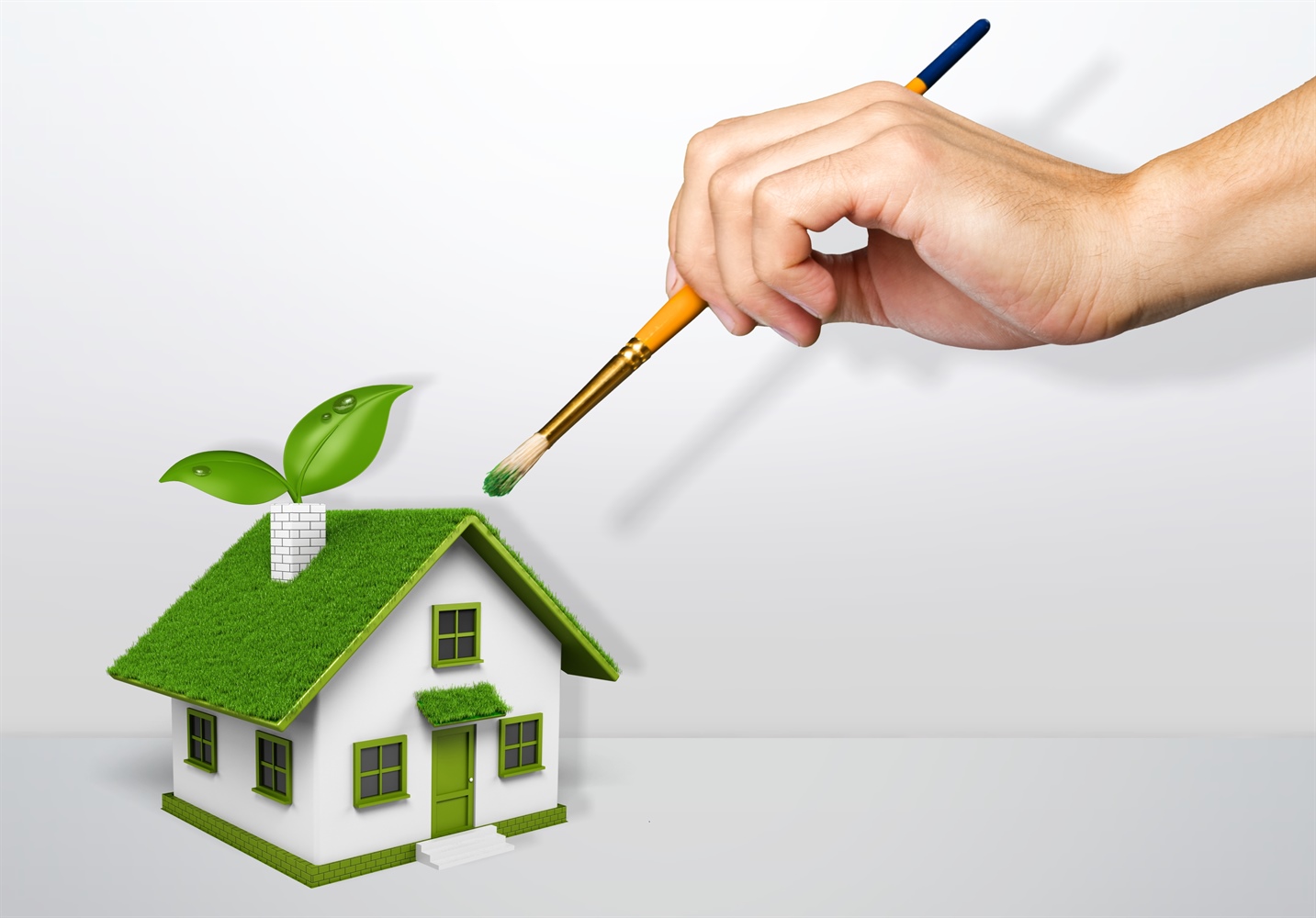 Recycling in Canadian households is having a tremendously positive impact on waste management. As recycling practices have continued to be implemented country-wide in residential settings, more is being done to protect Canada’s natural resources and to minimize landfill waste. Though each municipality comes with its own recycling rules regarding what products can and cannot be recycled, there’s a lot that households can be doing independent of any local program. In fact, you may already be doing a few of these basic ways to recycle in your home.
Recycling in Canadian households is having a tremendously positive impact on waste management. As recycling practices have continued to be implemented country-wide in residential settings, more is being done to protect Canada’s natural resources and to minimize landfill waste. Though each municipality comes with its own recycling rules regarding what products can and cannot be recycled, there’s a lot that households can be doing independent of any local program. In fact, you may already be doing a few of these basic ways to recycle in your home.
Arts, Crafts, and Decorating
Browsing the Internet, on sites like Pinterest and Instagram, there are some great ideas on how to take waste products and turn them into decoration for the home. For example, taking apart old pallets can be used for a wide range of different projects. Tin cans can be repurposed as a candle holder. Bed pillows, old shirts, and other materials can be combined into a throw pillow that uniquely represents your artistic skill. Needless to say, almost any item we throw out in the trash could potentially be repurposed.
What Can your Household do to Achieve Zero Waste in the Months to Come – Read Here!
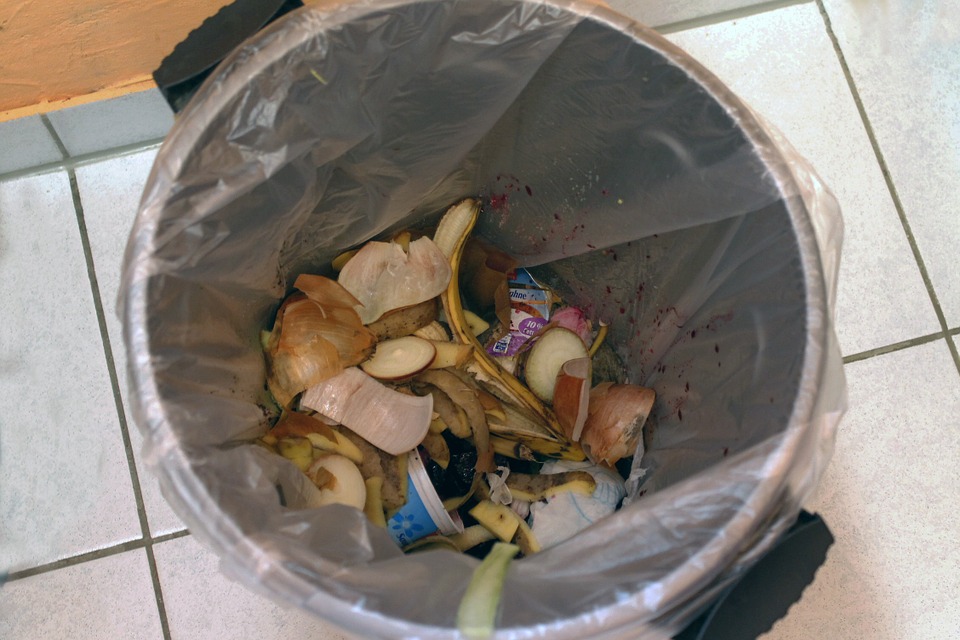 As an admirable, accomplishable, and controversial goal, ‘zero waste’ is something we’re very passionate about achieving in the City of Toronto. The ultimate goal of ‘zero waste’ is to reduce landfill waste to nothing. To some, this might seem impossible. To us, we see this as something that we can achieve within the next decade.
As an admirable, accomplishable, and controversial goal, ‘zero waste’ is something we’re very passionate about achieving in the City of Toronto. The ultimate goal of ‘zero waste’ is to reduce landfill waste to nothing. To some, this might seem impossible. To us, we see this as something that we can achieve within the next decade.
Just think of the kind of waste we create. Every household has the opportunity to use compost organizers to reduce their food and drink waste to nothing. Every business has the opportunity to either compost, contribute to a waste management company with a composting relationship, or to donate unused food and drink items.
Read more: What Can your Household do to Achieve Zero Waste in the Months to Come – Read Here!
How Do we Recycle Glass in Canada – all the answers found here!
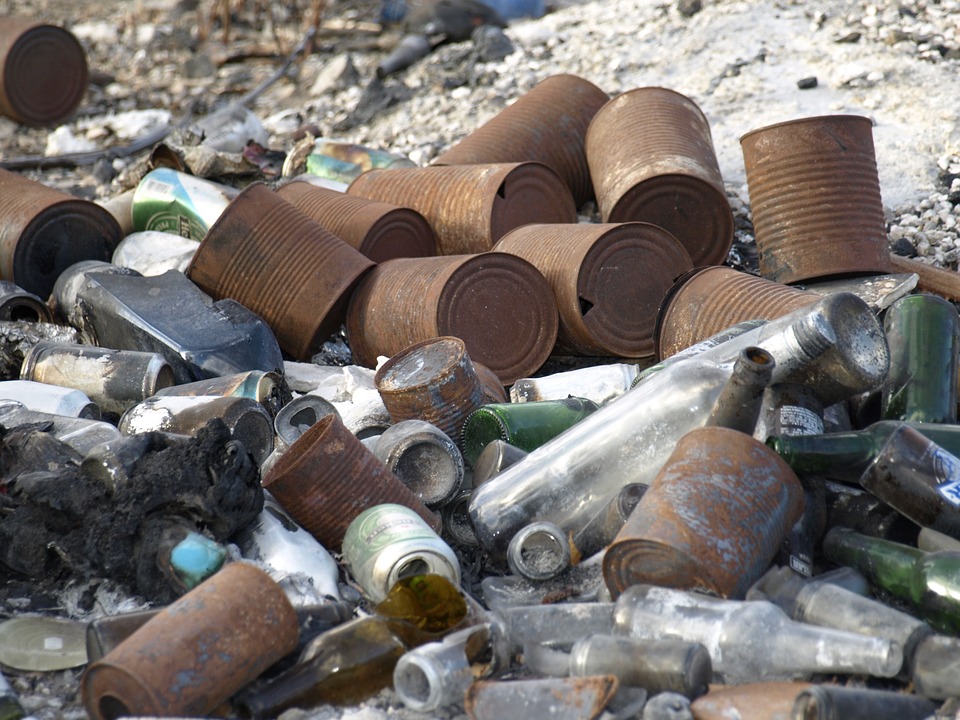 Recycling glass in Canada is not the easiest. As a material, glass presents numerous challenges to recycling programs across the country. Glass is highly abrasive on recycling equipment, its weight drives up transportation costs, and it can be very difficult to separate into single-stream. At times, the market for recycled glass has proven to be difficult for some municipalities to access. Despite these problems, glass remains as one of the key materials sought after for recycling.
Recycling glass in Canada is not the easiest. As a material, glass presents numerous challenges to recycling programs across the country. Glass is highly abrasive on recycling equipment, its weight drives up transportation costs, and it can be very difficult to separate into single-stream. At times, the market for recycled glass has proven to be difficult for some municipalities to access. Despite these problems, glass remains as one of the key materials sought after for recycling.
How we recycle glass in Canada begins with collecting it and sending it to a recycling facility. Though it can be difficult to separate, some facilities are implementing new technologies to make it easier. For example, some of the latest tech employs a vacuum to separate paper from glass, leaving only the glass behind and doing so rather quickly. After glass has been separated and sorted through this method, it may undergo another cleaning and refining process to remove other contaminants. Some of Canada’s more advanced recycling facilities may include air separation systems, mechanical screenings, metal detection, and other steps.
Read more: How Do we Recycle Glass in Canada – all the answers found here!
